Category: biotech/medical – Page 997

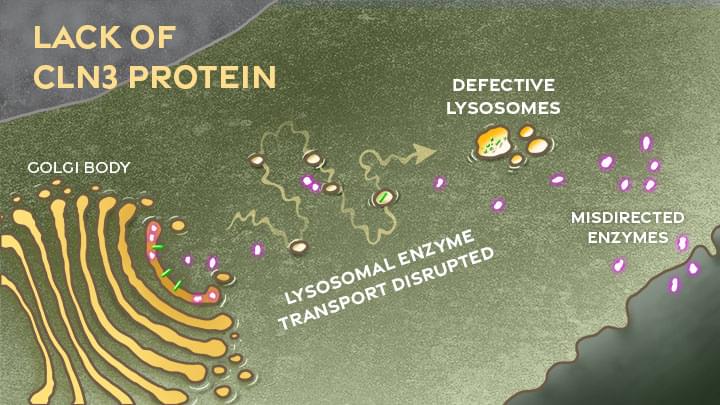
Understanding Causes of Devastating Neurodegenerative Condition Affecting Children
A common theme among parents and family members caring for a child with the rare Batten disease is “love, hope, cure.” While inspiring levels of love and hope are found among these amazing families, a cure has been more elusive. One reason is rooted in the need for more basic research. Although researchers have identified an altered gene underlying Batten disease, they’ve had difficulty pinpointing where and how the gene’s abnormal protein product malfunctions, especially in cells within the nervous system.
Now, this investment in more basic research has paid off. In a paper just published in the journal Nature Communications, an international research team pinpointed where and how a key cellular process breaks down in the nervous system to cause Batten disease, sometimes referred to as CLN3 disease [1]. While there’s still a long way to go in learning exactly how to overcome the cellular malfunction, the findings mark an important step forward toward developing targeted treatments for Batten disease and progress in the quest for a cure.
The research also offers yet another excellent example of how studying rare diseases helps to advance our fundamental understanding of human biology. It shows that helping those touched by Batten disease can shed a brighter light on basic cellular processes that drive other diseases, rare and common.
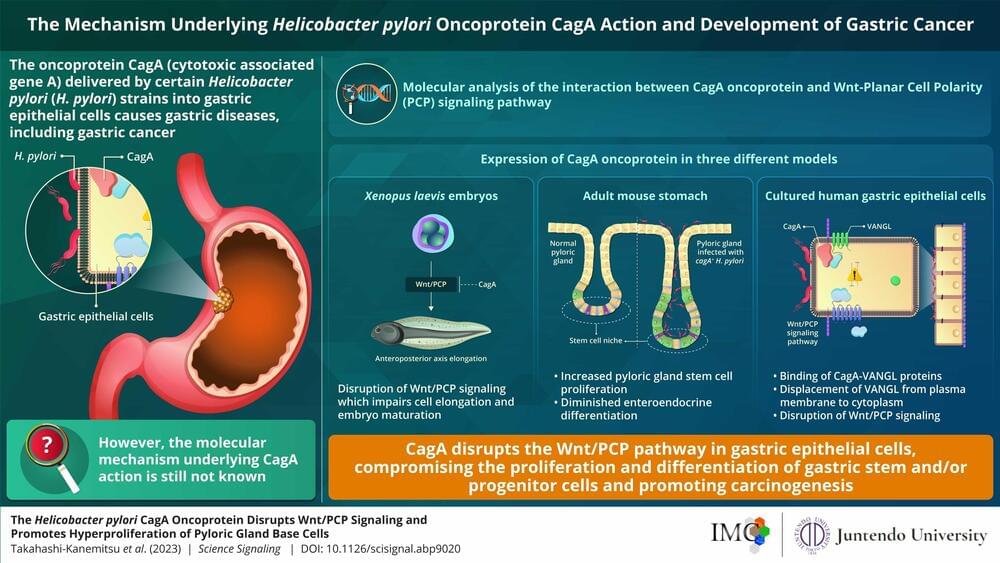
Study sheds light on mechanisms underlying H. pylori-induced gastric cancer
Helicobacter pylori (H. pylori) infections are commonly associated with abdominal pain, bloating, and acidity. Clinical evidence suggests that infection with H. pylori cagA+ strains dramatically increases the risk of developing gastric cancer.
A specialized protein delivered by H. pylori to the host, oncoprotein “CagA,” has been shown to interact with multiple host proteins and promote gastric carcinogenesis (transformation of normal cells to cancer cells). However, the underlying mechanisms associated with its biochemical activity have not been fully determined yet.
A new study published in Science Signaling on 18 July insights into the additional mechanism of oncogenic CagA action.

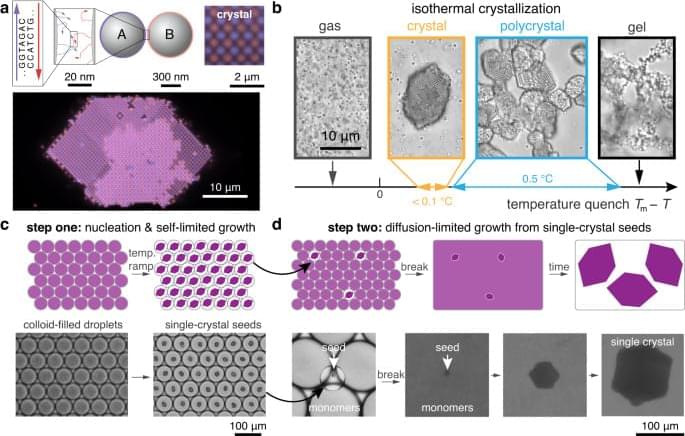
Macroscopic photonic single crystals via seeded growth of DNA-coated colloids
DNA-programmed self-assembly leverages the chemical specificity of DNA hybridization to stabilize user-prescribed crystal structures1,2. Pioneering studies have demonstrated that DNA hybridization can guide the self-assembly of a wide variety of nanoparticle crystal lattices, which can grow to micrometer dimensions and contain millions of particles3,4,5,6,7,8,9. Attention has now turned toward the goal of assembling photonic crystals from optical-scale particles (i.e., roughly 100‑1000 nm in diameter)10,11,12 using DNA-programmed interactions. To this end, progress over the past decade has established that DNA can indeed program the self-assembly of bespoke crystalline structures from micrometer-sized colloidal particles13,14,15,16,17,18,19. However, growing single-domain crystals comprising millions of DNA-functionalized, micrometer-sized colloidal particles remains an unresolved barrier to the development of practical technologies based on DNA-programmed assembly. Prior efforts have yielded either single-domain crystals no more than a few dozen micrometers in size13,14,15,16 or larger polycrystalline materials with heterogeneous domain sizes12,15,17,20. These features—small crystal domains, polycrystallinity, and size dispersity—have therefore precluded the use of DNA-coated colloidal crystals in photonic metamaterial applications.
Assembling macroscopic materials from DNA-functionalized, micrometer-sized colloids is challenging due to the vastly different length scales between the DNA molecules and the colloidal particles (Fig. 1a). This combination leads to crystallization kinetics that are extremely sensitive to temperature and prone to kinetic trapping1,21,22,23. The resulting challenges are both practical and fundamental in nature. For example, recent work has shown that crystal nucleation rates can vary by orders of magnitude over a temperature range of only 0.25 °C19. Extremely precise temperature control would therefore be required to self-assemble single-domain crystals from a bulk solution (Fig. 1b). At the same time, annealing polycrystalline materials is difficult due to the combination of the short-range attraction and the friction arising from the DNA-mediated colloidal interactions, which slows the rolling and sliding of colloidal particles at crystalline interfaces15,19,24,25.
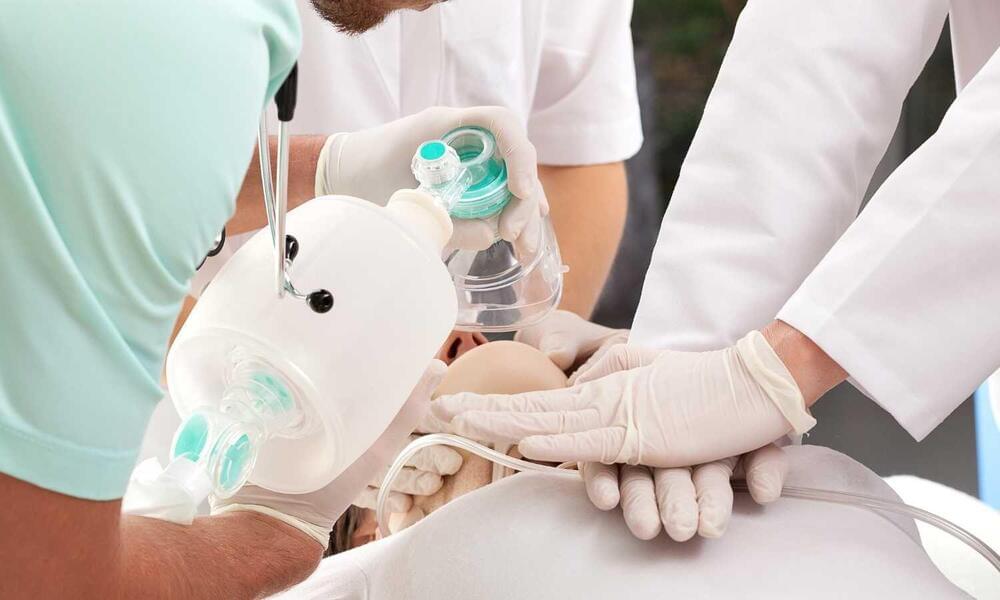
Older frail patients have a 1-in-3 chance of surviving CPR during surgery
USA: A cohort study of 3,058 patients with perioperative cardiac arrests showed that frailty is associated with increased mortality and nonhome discharge.
Increased Risk Analysis Index (RAI) among patients with severe frailty was tied to steadily increasing the risk of non-home discharge and mortality, and the association with mortality was most pronounced in the context of non-emergency surgery.
The findings of the cohort study, published in JAMA Network Open, suggest that although roughly 1 in 3 patients with an RAI of 40 or greater survived at least 30 days following perioperative CPR, higher frailty burden was associated with increased mortality and greater risk of non-home discharge among survivors.
Essential Oils, Aromatherapy & Cancer — Fragrant Forest Bathing and Potent Pain Relief
Dr. Ralph W. Moss and son Ben discuss how a walk in the woods may help manage symptoms and improve quality of life. Delve into the science behind how the Japanese practice of “Forest Bathing” and aromatherapy can reduce stress, improve mood, and ease pain.
Program Notes:
Recommended Product.
NOW Woodland Walk essential oil.
https://www.nowfoods.com/products/essential-oils/woodland-walk-oil-blend.
For more information on cancer-fighting foods and supplements, please visit our website: https://www.themossreport.com.
5 Defenders Mushroom Blend.
5 Defenders Organic Mushroom Blend Capsules
“A comprehensive self-help plan for cancer includes medicinal mushrooms. They are indispensable”. – Ralph W. Moss, PhD.

Acute kidney injury not associated with worsening kidney function in persons with CKD
Researchers from the University of California, San Francisco and colleagues conducted a study to determine whether AKI is independently associated with subsequent kidney function trajectory among patients with chronic kidney disease (CKD). The findings suggest kidney disease observed after AKI often present before injury.
In the present study of hospitalized persons with chronic kidney disease (CKD) fournd that acute kidney injury (AKI) did not predict worsening of kidney function trajectory once difference in pre-hospitalization characteristically were fully accounted for. Instead, the authors suggest that much of determinants of faster kidney disease decline observed after AKI may already be present before AKI. The findings are published in Annals of Internal Medicine.
Many now believe that AKI is an independent risk factor for accelerated loss of kidney function. This has led to changes in research focus, practice patterns, and public health targets. However, prior studies associating AKI with more rapid subsequent loss of kidney function had methodological limitations, including inadequate control for differences between patients who had AKI and those who did not.
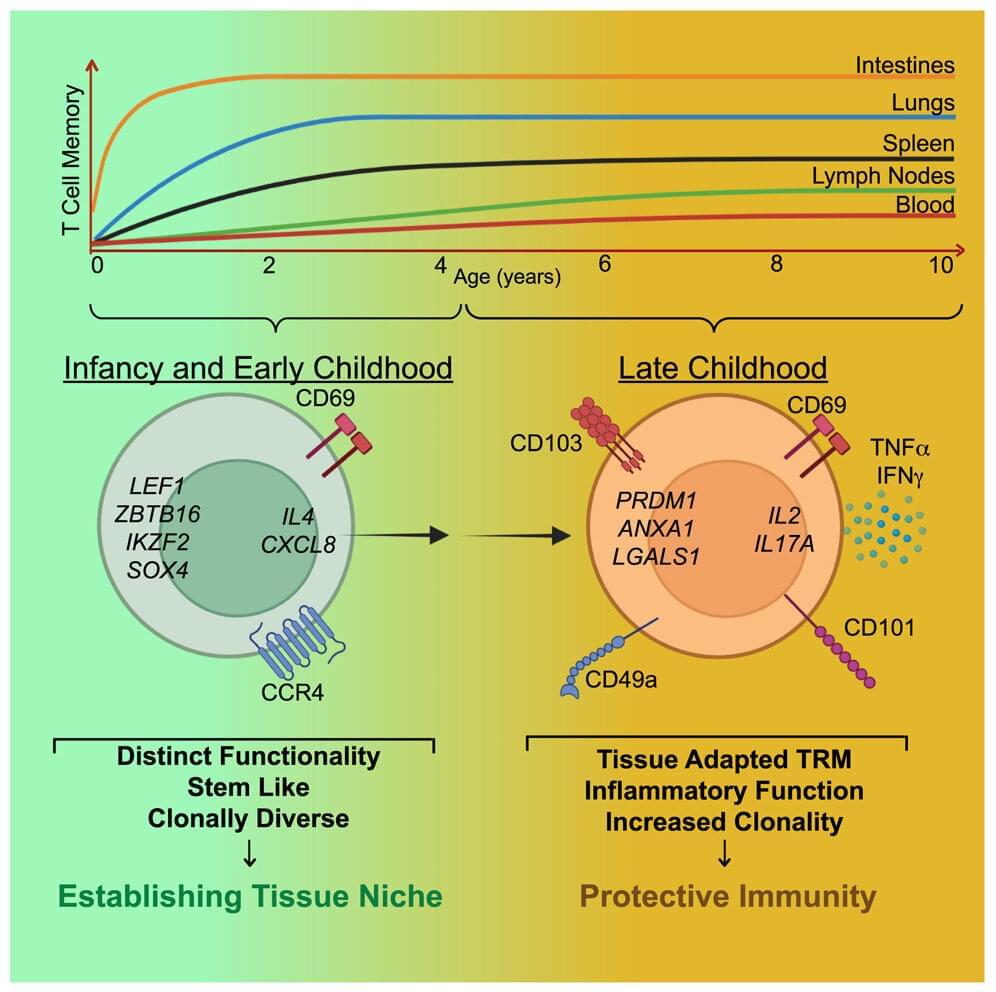
New research shows babies’ immunological weak spot and strength
A pair of new studies led by researchers at Columbia University explains why babies get so many common respiratory infections and identifies a specialized cluster of immune cells found only in babies that help them better cope with new pathogens.
“We know little about how the immune system develops throughout life, and most of what we know about immune system development in children comes from animal studies,” says Donna Farber, Ph.D., an expert in immune system development at Columbia University Vagelos College of Physicians and Surgeons who led the research. “But mice develop much more quickly than humans and their immune systems are a bit different than ours.”
Using a trove of tissue samples from deceased pediatric organ donors, Farber’s team was able to pinpoint aspects of immune system development that distinguish babies from adults.